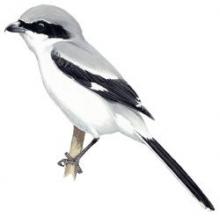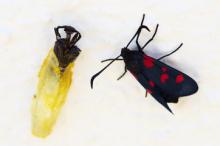Bird populations in steep decline in North America
North America has more than a billion fewer birds than it did 40 years ago, with the snowy owl (Bubo scandiacus) and the chimney swift (Chaetura pelagica) just two of the better-known species in dramatic decline across the continent, a recent survey has found. The total number of continental landbirds stands at about 10 billion, down from about 11.5 billion in 1970.










